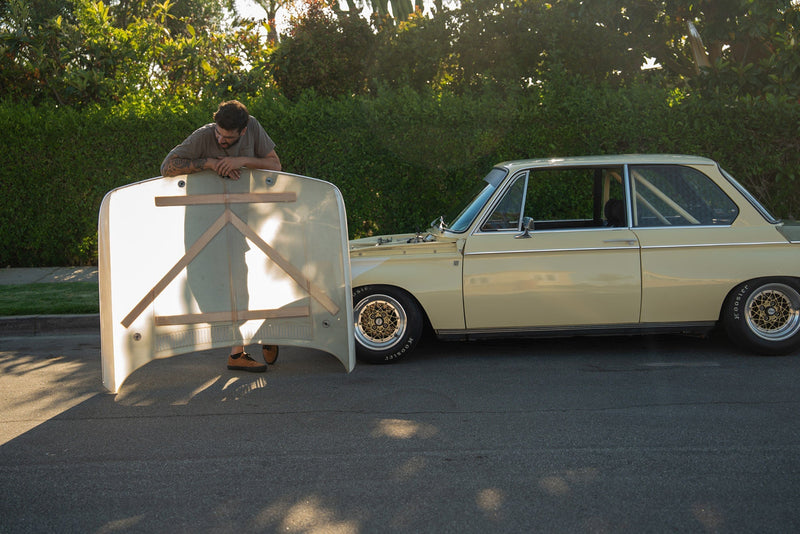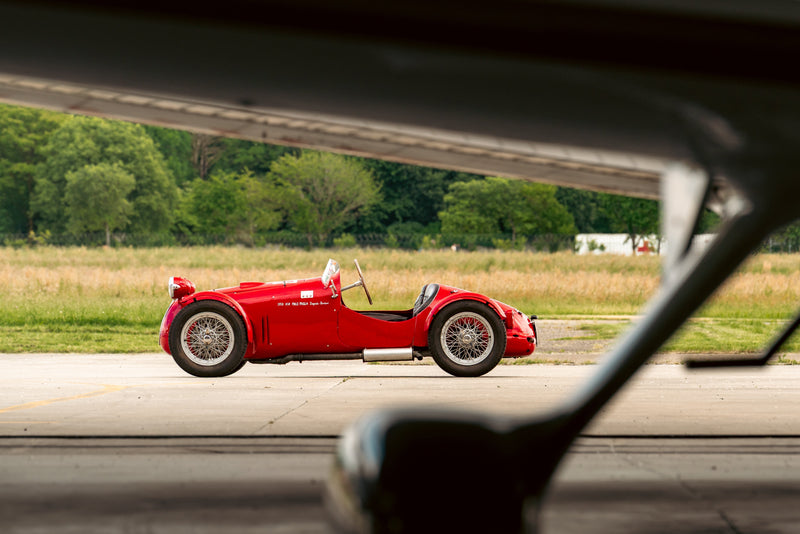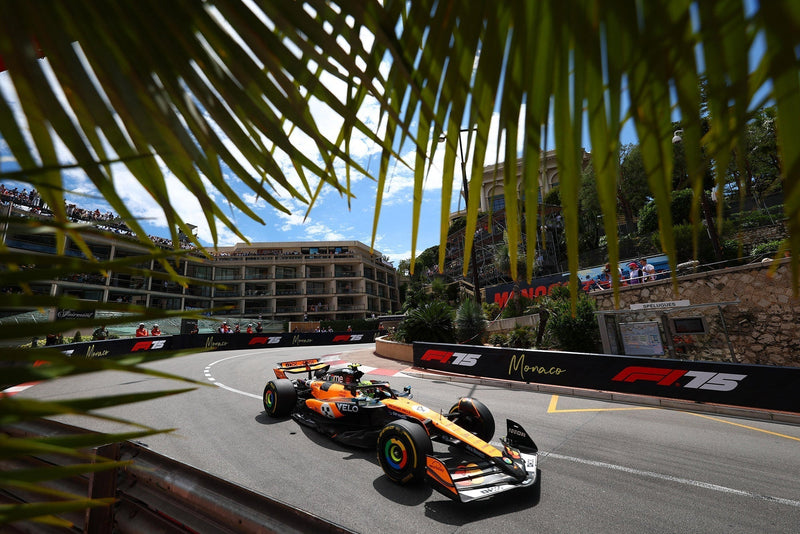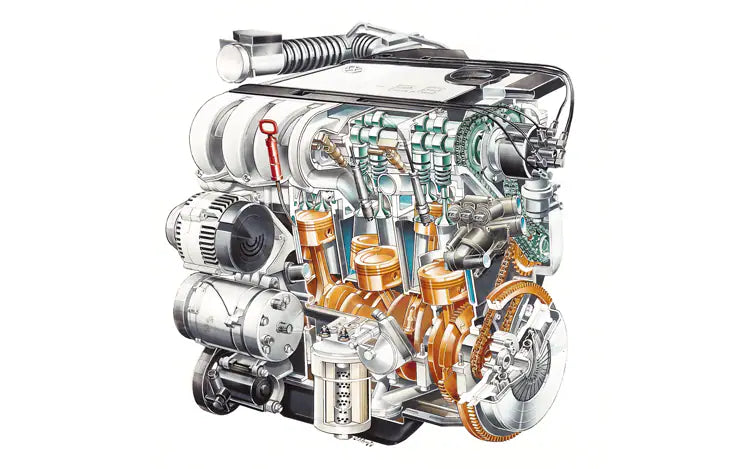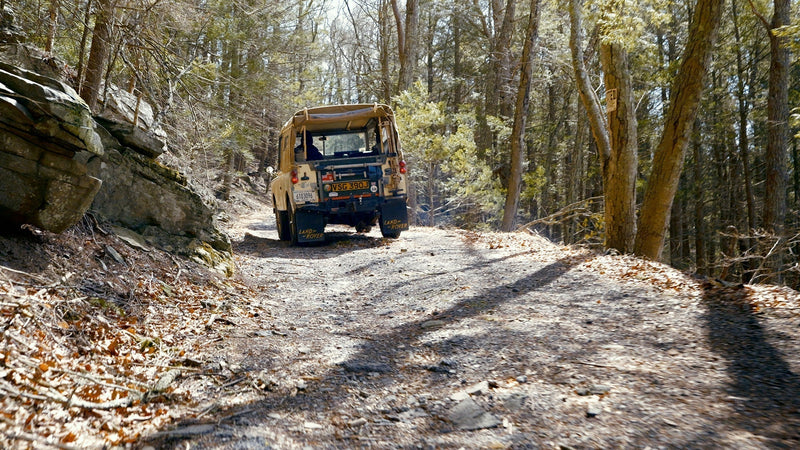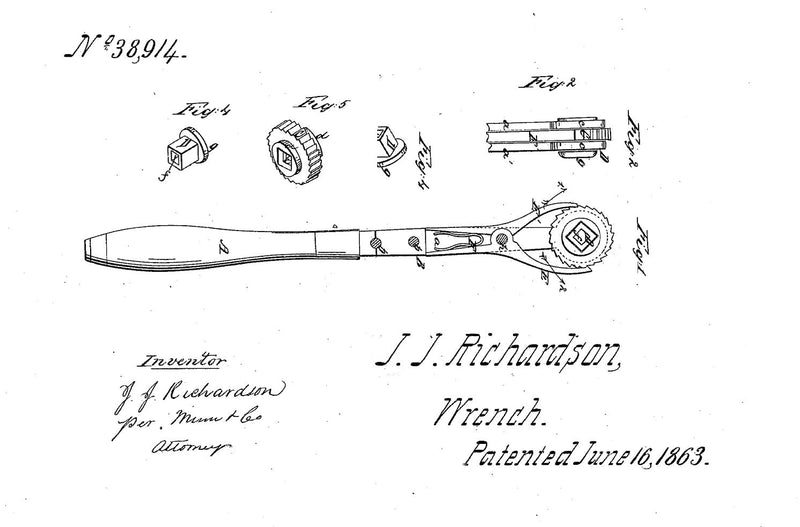Mixing Fiat with Abarth was a formula that most of the time gave birth to small and lightweight rockets based on the 500, the 600, and sometimes the larger 850 chassis, though less often. However great those cars were and still are though, Abarth did so much more than just soup up a few city cars.




The wizards from Torino also worked over some of Fiat’s six-cylinder luxury coupes, such as the 2300 S pictured here—it’s certainly not your common street-parked Fiat from the ’60s. For whatever reason though, these cars fell into a life of relative anonymity compared to other cars wearing the Abarth scorpion badge. It’s a beautiful, airy design, and quite a nice bit of engineering to boot.




Designed by Sergio Sartorelli and Tom Tjaarda at Carrozzeria Ghia in 1960, it was apparently very much inspired by the Ferrari 250 GTE, and it’s not hard to see the evidence. Its design is a masterpiece of grand touring elegance, a rather stretched profile made of taut lines, thin pillars, and graceful proportions for a 2+2. The 2300 S is a statement-making car for sure, but it achieves its presence through its tasteful details rather than brash aggression. Just look at the panoramic rear window and pillar that echoes the same angle as the windshield. It’s the details like that that give this Fiat its charm. Of course, to earn an “Abarth” on its boot lid it had to be athletic as well as beautiful.






Carlo Abarth had been charged by Fiat to work on the six-cylinder engine in the 2300 sedans, specifically to develop a more powerful version to be used in the coupé models. The quicker of the two-door models, the 2300S, benefited from a cylinder head reworked by Abarth and two twin-barrel Weber carburetors instead of one. Now good for around 130hp, the car could finally approach the symbolic 200km/h threshold, but the 2300S Abarth Coupé also benefited from four-wheel disc brakes to provide the stopping power to match—back in the early 1960s this was a pretty high level of power and equipment, and it had an incredible sound coming from its hot motor so people in the know were surely privy to these things. As a true sports car in this trim level, the model took part in numerous rallies during the decade and nowadays they are eligible for top historic events like the Tour Auto and Monte-Carlo Historique.





In summary then, the 2300S is elegant outside, luxurious inside, and it hides some pretty competent mechanicals underneath it all. It’s well suited for those looking to evoke the vintage grand touring vibe, and the feeling you get from being in the cockpit surely rivals its pricier peers from Maranello. The dashboard is generously equipped with Veglia instruments, a lovely wooden Nardi steering wheel, and even an airplane-style footrest for the passenger.







The car we took for a ride for this photoshoot is a first-series 2300S Abarth Coupé. Born in Italy all the way back in 1962, this car has the particularly special designation as having been delivered new by the Abarth dealership in Torino itself. It even has the Abarth manufacturer plate riveted on the chassis, while most of the 2300S Coupés will instead have a Fiat one. The owner of this car has all of its original documents, and seeing them spread out on the wool rear seats is enough to make one feel like they’re shooting a new car rather than one with more than 50 years of history.









We took the car out for a drive on the eve of spring, picking our way around the snowy bits in between the vineyards and castles and champagne houses. The car felt entirely in its element at such places, but we were excepting hot sun and dry roads in the days leading up to the shoot. Instead we found snow and temperatures below 0°C! It performed without trouble in the bitterness of the day though, and the unusual, elegant Fiat was a treat to spend a day with; a terrific interpretation of the Italian GT experience for sure, and a car that’s too unique to be simply known as a poor man’s Ferrari.







































